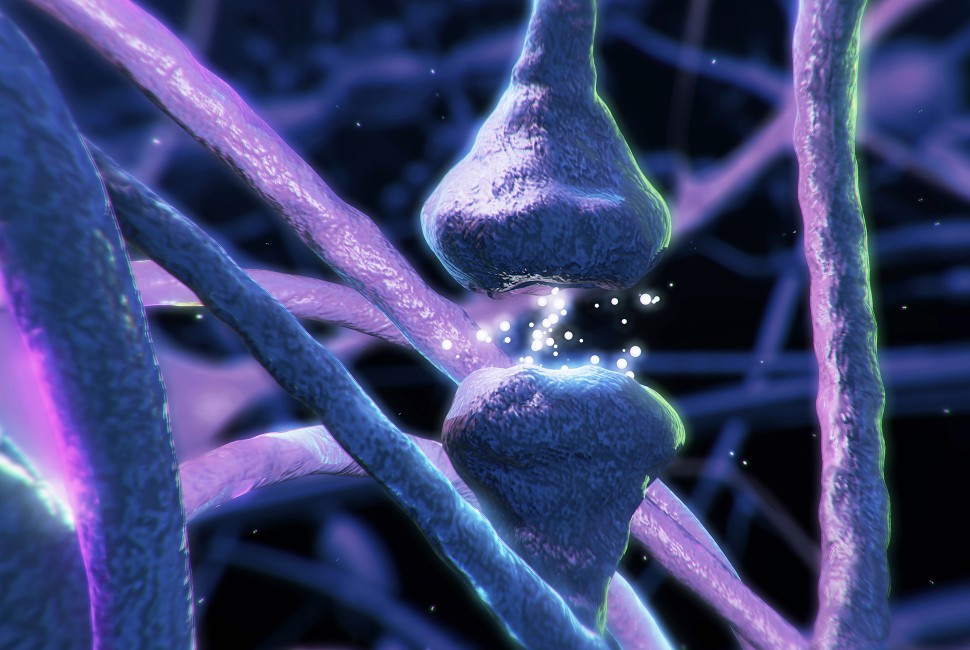Synthetic neurons open the door for more intelligent robots
February 13, 2025
New device marks progress ‘bridging the gap between biology and technology

An interdisciplinary collaboration between Northwestern University and Georgia Tech has created a novel high-performance organic electrochemical neuron that responds within the frequency range of human neurons. The researchers also built a complete perception system by designing other organic materials and integrating their engineered neurons with artificial touch receptors and synapses, which enabled real-time tactile signal sensing and processing.
The Background
Artificially engineered biological processes, such as perception systems, have been an elusive target for organic electronics experts due to the reliance of human senses on an adaptive network of sensory neurons, which communicate by firing in response to environmental stimuli.
Why it matters
The research, described in a paper in the journal Proceedings of the National Academy of Sciences, could move the needle on intelligent robots and other systems currently stymied by sensing systems that are less powerful than those of a human.
“The study highlights significant progress in organic electronics and their application in bridging the gap between biology and technology,” said first author Yao Yao, a Northwestern engineering professor. “We created an efficient artificial neuron with reduced footprint and outstanding neuronal characteristics. Leveraging this capability, we developed a complete tactile neuromorphic perception system to mimic real biological processes.”
By Win Reynolds
